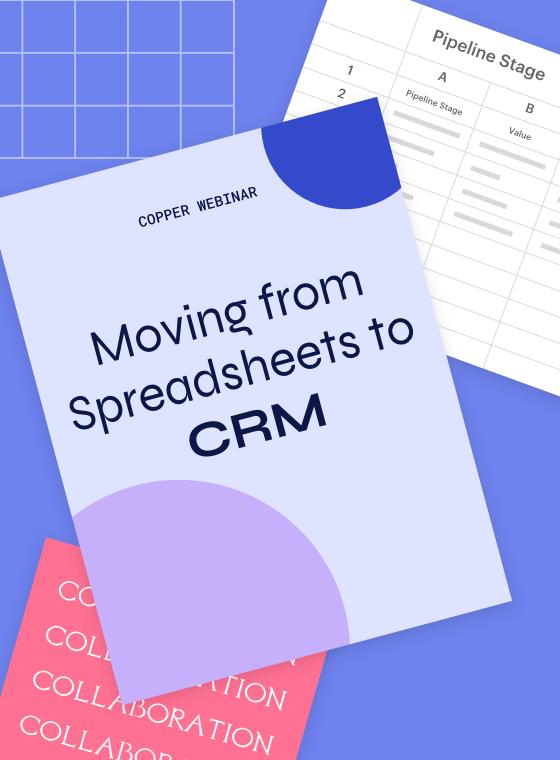
Grace Lau
If you've had really awesome tech support—truly awesome tech support—from agents who were knowledgeable, respectful, and well-trained... there's a good chance they were trained by OneSupport.
Working with a range of Fortune 500 companies that rely on outsourced tech support, OneSupport is a subsidiary of teleNetwork (which provides services like 24/7 monitoring, making sure network traffic is running smoothly, helping migrate data to the cloud, and minimizing downtime).
OneSupport’s focus is on offering their tech services to the masses: consumers (like a new tenant who needs help figuring out the Internet setup or a family who needs a computer fixed) and small-to-medium-sized businesses.
With so many customers and such a wide range of services, OneSupport needs a big team: about 100 sales agents and 125 support agents. (The full company consists of approximately 1,300 people.) Both B2B and B2C sides are going through massive growth, hiring and onboarding new sales reps and support reps almost every day.
To manage this growth, they needed a CRM that was conveniently integrated into day-to-day work and that could easily onboard a huge team of busy agents.
From spreadsheets, to basic CRMs, to the real deal.
Roger Martin, who's been with the company for 17 years, knows the company's needs better than probably anyone else. Not only is he the VP of Operations, he also manages advertising, marketing, and sales for OneSupport. Some days, he even fills in as a web developer. Most days though, he just needs a reliable, efficient solution to manage his growing team, customers, and prospects.
When OneSupport first started, they were using a simple spreadsheet to track lead volume and activity on the website. They found a CRM that they thought would work, but after only one year of using it, Roger decided to move on. He questioned how useful the features were, knowing that he needed a system that worked smoothly with Google Suite (which the team was already using extensively).
Roger soon had yet another concern upon realizing that his data was valuable: he didn't own it. His team's hard-won data was owned by their CRM and if they left, it would all be lost.

Pro-tip
Using Excel? 👇
Learn how to use a CRM to be more efficient with your spreadsheet data + workflows with this webinar.
So, they planned an escape.
Having tried a few CRM tools, Roger had a pretty good idea of what he needed in a tool for his sales team: a robust CRM system that was more than a contact management tool, with a native G Suite integration, easy-to-use interface, and little-to-no-learning curve.
"We knew that as we grew in size, it would only get harder to transition CRMs. Luckily, we moved to Copper, which was a perfect fit for our use of Google Apps. I love that Copper is fully integrated—we didn’t have to spend time learning anything new."
With Copper, they were up and running in two weeks.
Explosive growth requires rapid hiring. Rapid hiring requires simple (and scalable) onboarding.
OneSupport had been growing steadily but still, Roger knew that he needed to make big changes to break out of the niche that they were in. So, he drastically adjusted the consumer marketing strategy by restructuring their budgeting and marketing goals. It worked.
Soon, 25 Copper licenses became 115 (primarily used by sales reps), tech support team members started moving into sales, and OneSupport officially achieved "explosive growth" status. Roger's team is still adding 10 to 15 sales agents per week, barely able to keep up with the marketing volume that he has created.
At the end of July 2017, OneSupport had 5,900 repeat subscribers. A year later, in July of 2018, they were at over 16,000—and that doesn’t include one-time charges. That’s an amazing rate of 173% active subscriber growth, which Roger’s team is in charge of keeping up with.
So how does Roger onboard so many new agents to support this growth in so little time?
By getting everyone onto a single platform (Copper) that makes sure the distracting administrative tasks are automatically handled in the background.
The secret to successful CRM adoption: teams have to actually enjoy using it.
Most businesses onboard their teams onto CRMs with the best intentions: to give them a tool that saves time and makes their jobs easier. But getting teams to actually adopt a CRM has always been a widely reported obstacle. Wary of this trend, Roger made sure that the CRM he chose wouldn't just be good for the management team—it had to be easy (and enjoyable) enough to use that his team would willingly use it day in and day out.
Here's a quick look at how that G Suite integration works:
Today, the OneSupport team is using Copper at an extremely high clip. “What's key to our growth is that our sales agents are fully using one CRM, so we have this one consistent, easy flow," says Roger. If OneSupport’s agents don't make the sale on the first call, they simply drop that prospect into the pipeline stage that’s set-up in Copper.
“They only really need to know how to use one tool—Copper—and everything else is done for them."
A little friendly competition never hurt anyone('s numbers).
To stoke the fires of competition, a source of motivation for any ambitious sales team, Roger turned again to his CRM. Because OneSupport exports data from Copper constantly, teams are able to display live leaderboards, real-time sales, and pipeline data on screens in the office. Every agent knows not only exactly where they stand, but also how the company is doing.










